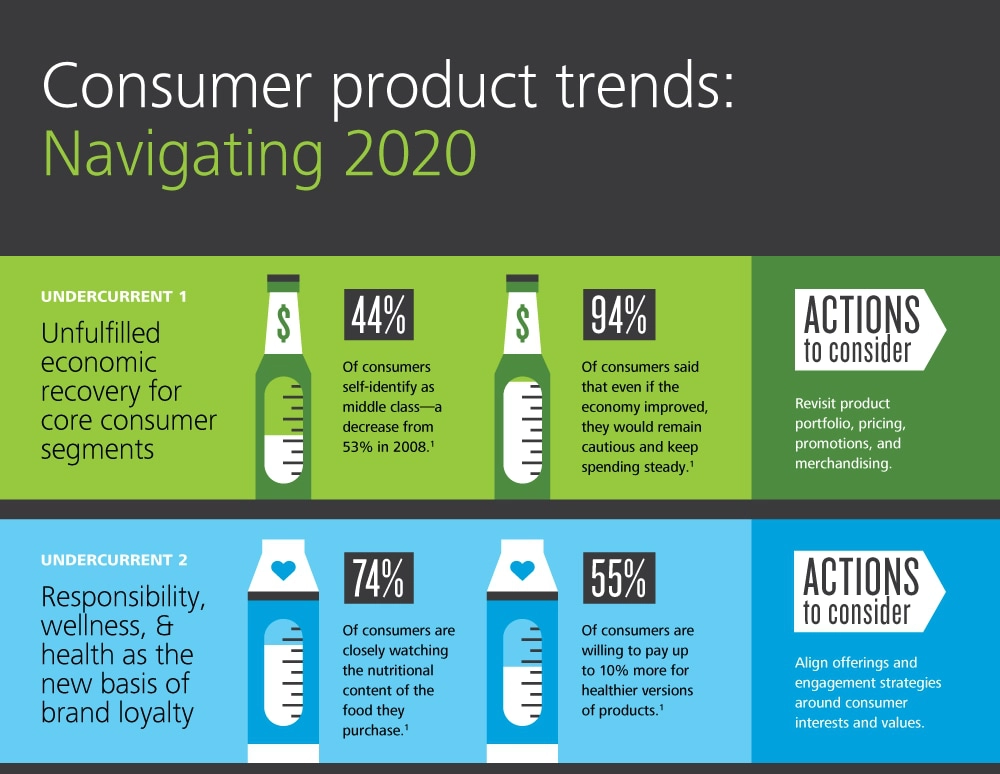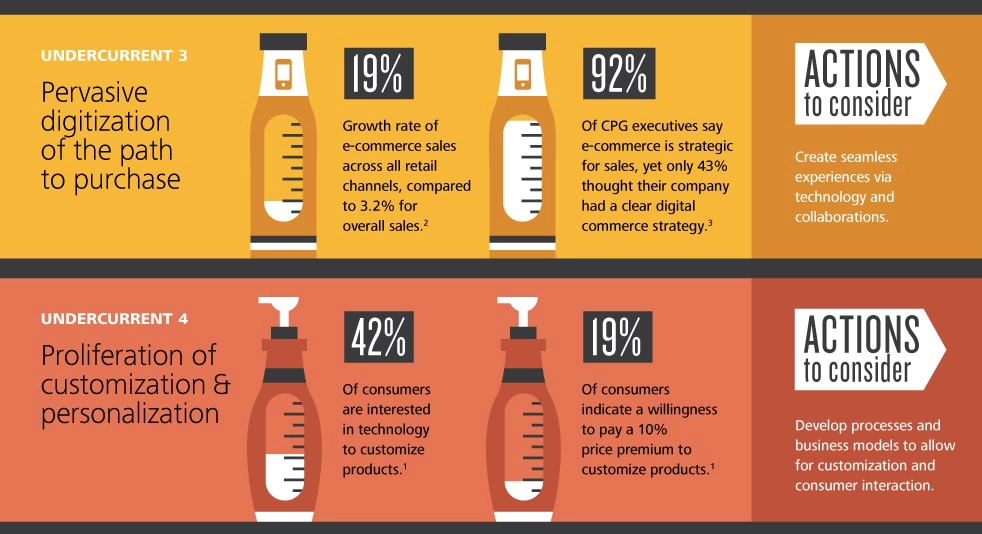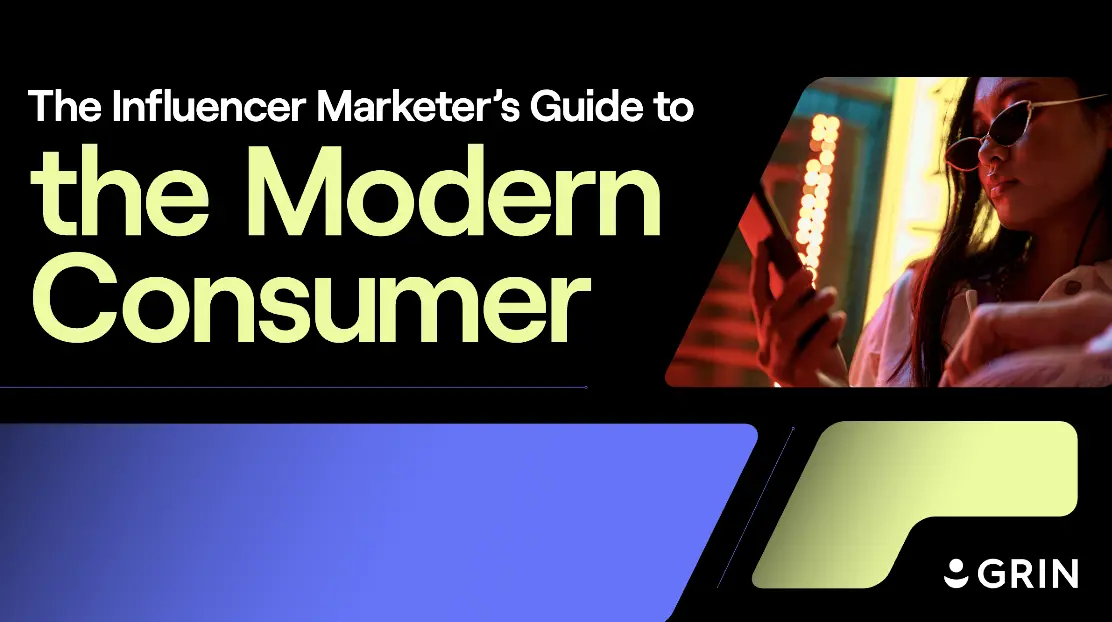To be successful in ecommerce, all you need is an online store with decent UX design and a consistent paid media strategy, right? Not quite.
As ecommerce takes center stage in the 21st Century retail market, consumer expectations are just as high for small and large ecommerce brands as they are for the big-name brick-and-mortar storefronts. Particularly in the DTC sector, many experts would say that consumer demand for brand authenticity is higher than in any other retail environment in history.
The power of authenticity for ecommerce brands
The fastest-growing ecommerce brands understand that consumers are looking for a user-friendly online shopping experience that connects them to the brand and product. Consumers want more.
Consumers want to connect with the brands that they love. This reality places the obligation on Ecommerce brands to be something more than an online store.
“Consumers have high expectations of brands and expect them to rise to the [authenticity] challenge: almost 8 in 10 (78%) think it is possible for a brand to support a good cause and make money at the same time.”
– Marketing Charts
And by “good cause,” consumers don’t always expect brands to embrace a nonprofit or advocate for moral ideals. Often, brand authenticity simply means having a vision that is bigger than the physical products and services that the brand offers. Authenticity means aligning values with marketing and product development decisions and sharing that vision with one’s target audience.
The relationship between authenticity and social responsibility
As it happens, many brands launch with social responsibility in mind. That’s why certain DTC brands create, market, and distribute their products in a very specific way. Their “something more” is the social cause they openly support, and their marketing message is to draw like-minded consumers into their world.
“Indeed, consumers themselves are willing to rethink their spending habits for a good cause, with 59% of respondents agreeing that they would spend more on products from brands that act responsibly. It’s been found that consumers are loyal to purpose-driven companies, with 89% considering corporate social responsibility a key measure of purpose.”
– Marketing Charts
A prime example of this is tentree, a DTC apparel brand with a company mission to plant one billion trees by 2030. They plant a tree for every sale and promote eco-friendly apparel products.
It is not necessary for brands to promote social causes to achieve authentic media. But embracing certain expressions of social responsibility and weaving that vision into their business operations is one way to do it.
Authenticity and cognitive dissonance
When exactly does authenticity become inauthentic? The answer to this question is cognitive dissonance.
More than a term from psychology class, cognitive dissonance refers to marketing decisions that send mixed signals to buyers. Mixed signals on matters of vision and values will both confuse audiences and cause them to suspect that they’ve been played.
“Authentic means it’s true to you… What affects authenticity is cognitive dissonance. Your brand should post things that enhance your online presence and marketing message.”
– Bridget Willard, Branding Thought Leader
When it comes to preventing cognitive dissonance, the key is to remove distractions from what your brand is at its core, including its greater vision and the problems its products/services solve for customers. Ecommerce brands that know how to maintain their focus on these two things rarely send mixed signals to buyers.
The present and future of buying behavior for consumers
Consumers are willing to spend more for the same product if the brand with higher prices demonstrates authenticity. Higher-end DTC brands often go above and beyond to connect with their audience and nurture brand love through meaningful consumer engagement and genuine messaging.
“But consumers, especially the younger millennial market, are constantly looking for the next best thing and want whoever they’re buying from to be champions of change and authenticity.”
– Blueswitch
Consumers want to connect with brands that leverage their influence to make a difference. Buyers are attracted to those brands that take risks to connect with their audience members.
“People expect the brands that they choose to purchase from to have a voice and be a part of something that their customers can identify with.”
– Blueswitch
Where are consumers shopping
The rise of online shopping demonstrates that even though ecommerce brands can survive without brick-and-mortar storefronts, the inverse is no longer true. Thanks largely to COVID-19, storefront retailers are digitally transforming to accommodate online shopping trends.
As a result, there are more players in the ecommerce space. But the rise in online shopping still offers many opportunities for DTC brands to connect with those consumers in a meaningful way.
What are they buying?
Retail sales have shifted from slight variations on previous year’s trends to staple items, home improvement, media streaming, and casual apparel. These purchasing decisions reflect the needs of a consumer to spend more time at home with the family.
Consumers are also more interested in small and local businesses than they have been in times passed. For example, the trend to “buy local” led Amazon to feature more small and local businesses in this year’s Prime Day event.
The dramatic rise in remote work has also led consumers and businesses to invest in technology, such as electronics, accessories, and productivity software. Working from home has also allowed more people to focus on health, wellness, and work-life balance.



Understanding the reasons why consumers behave as they do can help brands connect with (rather than sell to) their audience. Shifting one’s mindset toward brand-consumer relationships is a key component to brand authenticity.
How are they buying?
There are two retail trends that have risen dramatically in the last five years:
- Shopping from mobile devices
- Social commerce
As consumer shopping continues to shift from storefront to online, online shopping continues to gravitate from desktop to mobile device.
Additionally, online shoppers are welcoming the rise of social commerce, or S-commerce. In S-commerce, social media users are enjoying social interactions mixed with product recommendations (from friends, family, and influencers) and shoppable ads.
As a result, connecting with consumers means engaging them on mobile devices and social media platforms.
What this means for brands
To achieve the authenticity that consumers expect, ecommerce brands need to be aware of physical, mental, and emotional states of their buyers. This means that brands must recognize deeper needs and deliver their products and services with those deeper needs in mind.
Additionally, ecommerce brands must increase their mobile and social media presences if they want to engage consumers. Mobile and social media are the foundation of the omnichannel movement, where brands leverage technology to be what their consumers need everywhere all the time.
Personalized and powerful content
Building an ecommerce brand with so many consumer details in mind is overwhelming without certain automation tools and strategies. These tools and strategies can be invaluable for helping marketing and customer service teams better engage customers.
To personalize, brands need to understand who their audience is. Authenticity is a customer-centric approach to marketing and sales. That’s why paying attention to consumer trends – such as mobile use and social media activity – is so critical. The key to personalization and authenticity is meaningful engagement between ecommerce brands and consumers.
Ecommerce brand authenticity effectiveness means reallocating resources properly (such as time, money, equipment, and software) so that your team can focus more energy on consumer engagement. In time, this approach produces powerful content organically in all the right places.
“You have to remember that people follow or engage with you on different platforms for different reasons, give them what they want, not a blanket whitewash of what you want.”
– Matt Jackson, Social Media Consultant at Socially-M
Brands can easily avoid giving off a “self-serving” vibe in favor of connecting with their audience. This consumer-brand connection is critical to authenticity.
Authentic influencer-generated content
One of the most effective and cutting-edge trends in ecommerce marketing is influencer marketing. Incidentally, influencer-generated content produces some of the finest examples of authentic content.
Influencers are social media power users that carefully curate an online community based on a particular lifestyle or set of values. These influencers frequently promote their favorite products and services to engaged audiences, who then go and follow the influencer’s example.
In the last few years, brand-influencer relationships have formalized into what is known as influencer marketing. Because brands partner with influencers to help them create authentic content on behalf of the brand, one of the greatest challenges in influencer marketing is partnering with the right influencers.
“…the best influencers only partner with brands that bring them genuine delight. Many influencer marketers refer to these people as ‘brand ambassadors’ because those influencers sincerely love the brand’s products or services.”
– GRIN, “What Is Influencer-Generated Content & How to Use It to Help Your Brand“
That said, influencers are among the most accomplished at helping ecommerce brands deliver the authentic content that their audiences demand. Further, long-term influencer and brand ambassador relationships become a reliable soundboard for brands regarding product development and messaging.
Authentic content and media marketing
To connect with consumers, brands must be dynamic and agile. New information and circumstances will impact consumers’ needs and mindsets, and engaging those consumers allows you to understand them better and nurture brand love. This brand love is key to brand authenticity.
“Being unique is what creates a strong foundation for catching consumer’s interest and having brand values solidifies it.”
– Blueswitch
What is it?
Authentic content is content that resonates with the consumers. Other experts have referred to authentic content as the “human touch at scale.” Authentic content possesses certain attributes, such as lifelikeness, genuineness, appeal, and honesty.
As Blueswitch noted above, authentic content is both unique and values-driven. Brands leverage their owned media outlets (website, social media, email, etc.) to demonstrate originality and depth.
Influencers are currently the strongest creators of authentic content. The great advantage of influencer partnerships is that they, as both consumers and pseudo-celebrities, are especially gifted at connecting with consumers.
How can brands do it?
When endeavoring to deliver authentic content, brands can connect emotionally with their audience by identifying customer pain points and highlighting shared values.
Among the best examples of how brands are delivering authentic content are:
- Lifestyle images and videos – These media styles give consumers inspiration and a “real-life” feel to products, services, or the brand in general.
- Mobile accessibility – Consumers long to do more from their smartphones, and by accommodating those desires, brands offer a better overall experience to their audience.
- Sharing industry trends – Authentic content often takes the form of demonstrating expertise and authority in an industry.
- Being responsive on social media – Content that invites engagement but doesn’t reciprocate is disingenuous. In contrast, authenticity nurtures ongoing discussions with consumers.
- Collaborating with influencers and brand ambassadors – Partnering with authentic media experts (i.e., influencers) can increase your ability to deliver authentic content.
- Repurposing influencer/ambassador content – When you know that certain messages resonate with your audience, you can leverage those results in other mediums, including paid media.
How do you measure success?
At the end of the day, you need to know whether the time and effort you invested in a strategy produced acceptable returns. The following metrics are common ways to measure authenticity among your owned media channels:
- Impressions, views, and likes
- Clicks and conversions
- Shares
- Ongoing user-generated content
- Coupon codes
- Affiliate links
- Web traffic
Conclusion: authentic media drives massive brand love.
Trust and purchases go hand in hand. Consumers expect more from the ecommerce brands that they love. And those brands that dig a little deeper to publicize their vision and values are doing a better job of getting new customers and retaining them.
Influencers continue to offer ecommerce brands an effective, low-cost solution to driving authenticity and positive brand sentiment. Not only are influencers conscientious consumers themselves, but they’ve also worked hard to understand how one achieves authenticity with a large online audience.
Authentic media is advertising that doesn’t feel like advertising. It prioritizes customer needs and meaningful engagement. That’s why influencer marketing and authentic media go hand-in-hand. Product promotion emerges from lifestyle content that inspires and excites consumers, and influencer marketing leverages advertising from people that consumers admire and trust.
Are you ready to stake your claim in the creator economy? Discover more helpful tips and resources from the experts at GRIN: Creator Management Learning Center



















